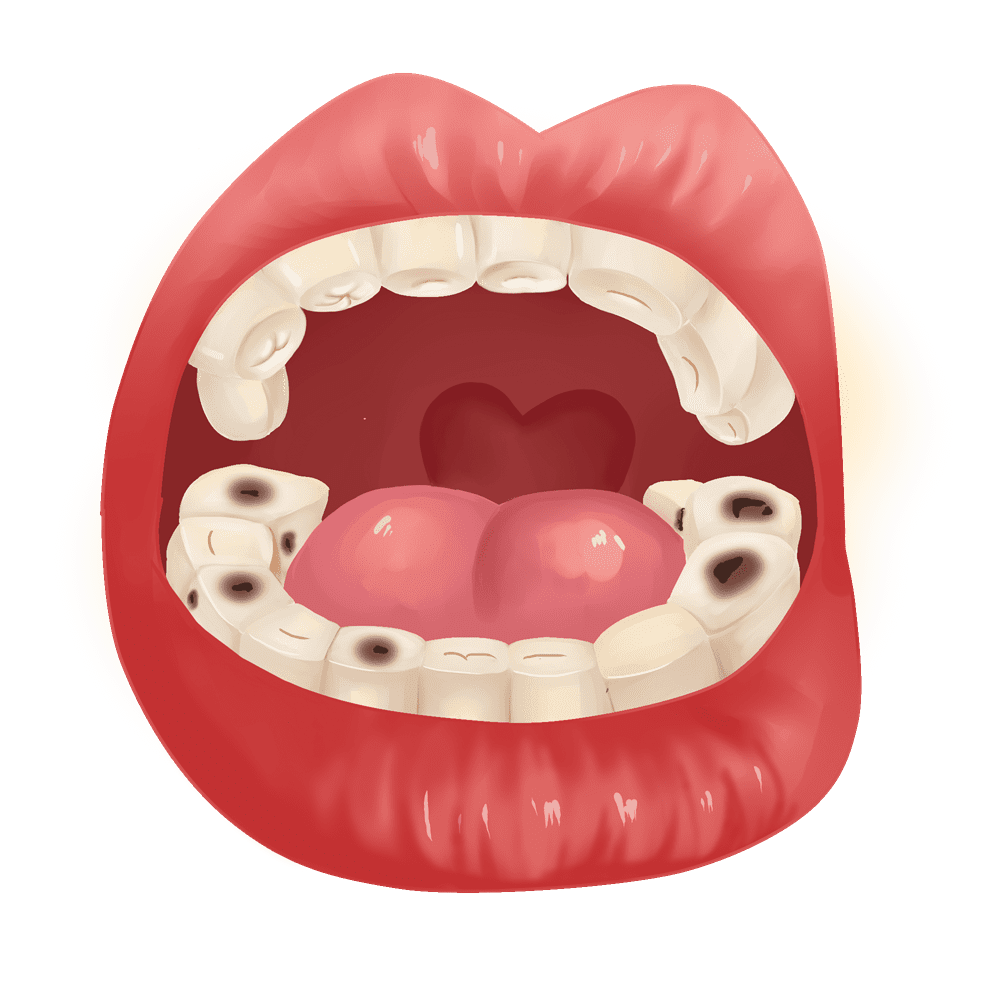How to Stop Tooth Decay from Spreading?
Can you stop the spread of tooth decay? You might not know it but there are ways for you to do so. Cavities are the most common kind of tooth decay. And although they are easily and painlessly remedied, preventing cavities is better than curing them. There are many ways to stop the spread of tooth decay. You can make some diet changes, ensure correct brushing and flossing, and proper education about tooth decay.
How Does Tooth Decay Happen?
Cavities and tooth decay are caused by plaque and bacteria building up in the teeth. When you eat or drink, microscopic particles of this food and beverages remain on the teeth even after you finished your meal. These particles – particularly sugar particles – attract bacteria that eventually turn into an acidic film of plaque. Plaque eats the tooth enamel and causes cavities. If left untreated, tooth decay eventually kills the teeth and will have to be removed.
Stop Tooth Decay from Spreading
Tip #1: Add More Fiber to Your Diet
High-fiber food can offer protection from cavities and tooth decay. Fiber stimulates saliva production that helps wash away food particles stuck in the teeth. Saliva also neutralizes the acidic effect of bacteria and plaque. There are many ways to add fiber to your diet; you can find lots of vegetables in the produce aisle to add to your salad. Examples include carrots, kale, spinach, apples, and pears.
Eating whole-grain pasta and bread in place of your regular carbs can also increase your fiber intake. These food items come with added decay-prevention properties because they are usually used as a replacement for products made with white flour. Starchy food that is made from white flour breakdown into simple sugar, which attracts decay-causing bacteria.
Tip #2: Adjust the Brushing and Flossing Routine
When brushing, make sure that you do so for at least two or three minutes. Your toothpaste of choice is also crucial. Use one that contains ingredients that can strengthen the enamel, like fluoride. For these ingredients to give their maximum effect, give them some time to work and sink into your enamel. Make sure that you are brushing long enough by using a stopwatch or brushing for the duration of a song.
Ensure that you are flossing before going to bed. Lying about flossing is one of the most common lies adults tell. Many people floss when they remember to, but do not floss every day. Flossing allows you to reach a large portion of the tooth’s surface area. If you find it uncomfortable or difficult, consider buying a water pick or floss pick. You might also want to consider getting a dental exam so you can be screened for gum disease.
What to Do if You Have a Cavity
If you are experiencing a toothache, or are having sensitivity to cold or hot beverages, you might have a cavity. If you have one, do not panic just yet. Filling cavities is quick and painless for as long as you go to the right dentist. New technologies have allowed for the painless removal of decay from minor cavities, including safe and effective procedures that use compressed air in place of the usual drill.
Many dental offices today offer both anagram and tooth-colored fillings. Tooth-colored fillings are carefully matched with the shade of your natural teeth and are carefully sculpted so that it matches the natural pits and ridges of your teeth. If you think you have a cavity, contact a reputable dentist in your area immediately. By doing so, you can stop tooth decay from spreading and preserve a healthy smile.





 |
|